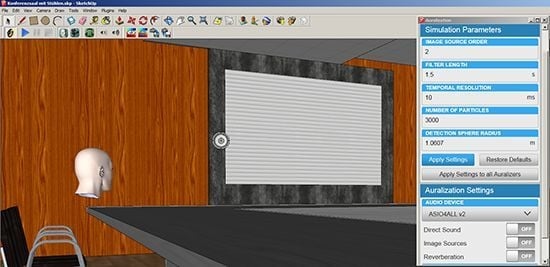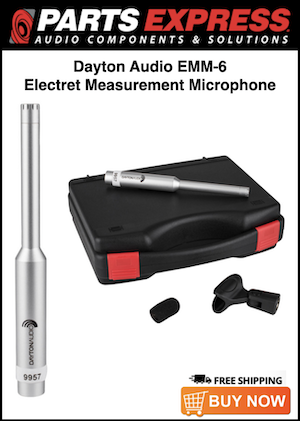"Is that enough proof that my ideas are not unique to me and supported by evidence? Can you provide the same level of articles to counter this view? I've looked and I can't find them"
One would need to take the ideas one by one and test them. Thing is, mostly or all, I have. I have provided Griesenger's direct contradictions on the subject of Envelopment and Immersion to no avail. Now the chat has turned to 'Space' Far out.
So I see no point in continuing with a facile game of waving other peoples willies! I stand by my empirical observations many of which can be easily corroborated pretty easily.
It should be remembered that I come from the world of producing music. Over a lifetime in audio one notices repeating phenomena.
Particularly ones that cause problems or ones that are notably beneficial.
A couple of decades ago I began to look for reasons for such phenomena. Enter a formal Study of Acoustics.
This has delivered.
e.g. The vast majority of CRs I have worked in, different countries, sounded too bright ( in the Direct Field.) This causes Dull Mixes.
These CR's were designed by engineers, architects, etc. who worked on a singular theory. i.e. the goal of the studio and speakers is to hear what is in the recording.
That is a false goal, easily achieved by listening to flat response speakers in NE, Anechoic CRs. It sounds horribly bright which does not represent any real listening experience other than say Audiometric Headphones. It causes inverse biased mixes which do not translate in any way to real life.
At least now I know why and what to do about it.
A lot of my work has been done in temporary locations. I used to place speakers hampered by common wisdom. i.e. Not near boundaries.
The thinned tonality attracted my ear...... Hi Fi types call it better imaging, depth and such. It is not, but rather a thinner tonality emphasising those higher frequency phenomena.
This lead to very LF heavy mixes.
When studying, and using my studio, Acoustic knowledge gave me the freedom to dump the common wisdom, to move speakers to touching the Front Wall.
The measured response is very obviously improved. Quite quickly I became used to hearing a proper LF response rather than the usual one. I recommend it to y'all.
This has delivered in spades. Including use of B&K, my work now has the same tonal balance anywhere. from the almost anechoic CR, to other systems in other rooms here, and on HD650s.
There is research and world class studio designers which vehemently diss such a notion. There are plenty of theoretical notions which contradict reality. Then there are the empirical facts.
A more solid type of 'knowing'.
Toole and Olive acknowledge the Circle of Confusion. They have researched and theorised this in hundreds of thousands of words and images. They could have just asked!
To my ears a stereo sound field is best sustained on headphones. Particularly a real one involving Binaural or M/S, but also ones we create using delays. Imaging is sharp. Resolution is good. Second best would be speakers in a Zone Without Early Reflections.
I know this because I have added side reflections by removing absorption, and electronically using 4.0 Reverbs and 4-5 Full range speakers.
It is a bit of fun, but a bit fuzzy if you want to make out what is going on in the recording. Also there are vast differences for instance between placing a Lead vocal in the Centre, or in LR, or LCR.
One solid source is the most reliable. Go Mono. But two solid sources are next best thing, not three and not five. Also those that introduce delays to 'balance' multiple sources at different distances are utterly fooled. This ruins any chance of a solid phantom image and disintegrates with even the smallest head movement.
I know this because I try it. Perhaps Griesenger's theories as to what actually happens are better than most because he has had a lot to do with creation side of music.
Research into popular preferences, polling is utterly irrelevant to me in a world of MP3, the audio of RAP, and Ed Sheeran.
When people hear something better, they go for it, e.g. the move from MP3 to Vinyl. Some day they will be enthralled to discover Digital Audio, and music including the fundamental notes.
















